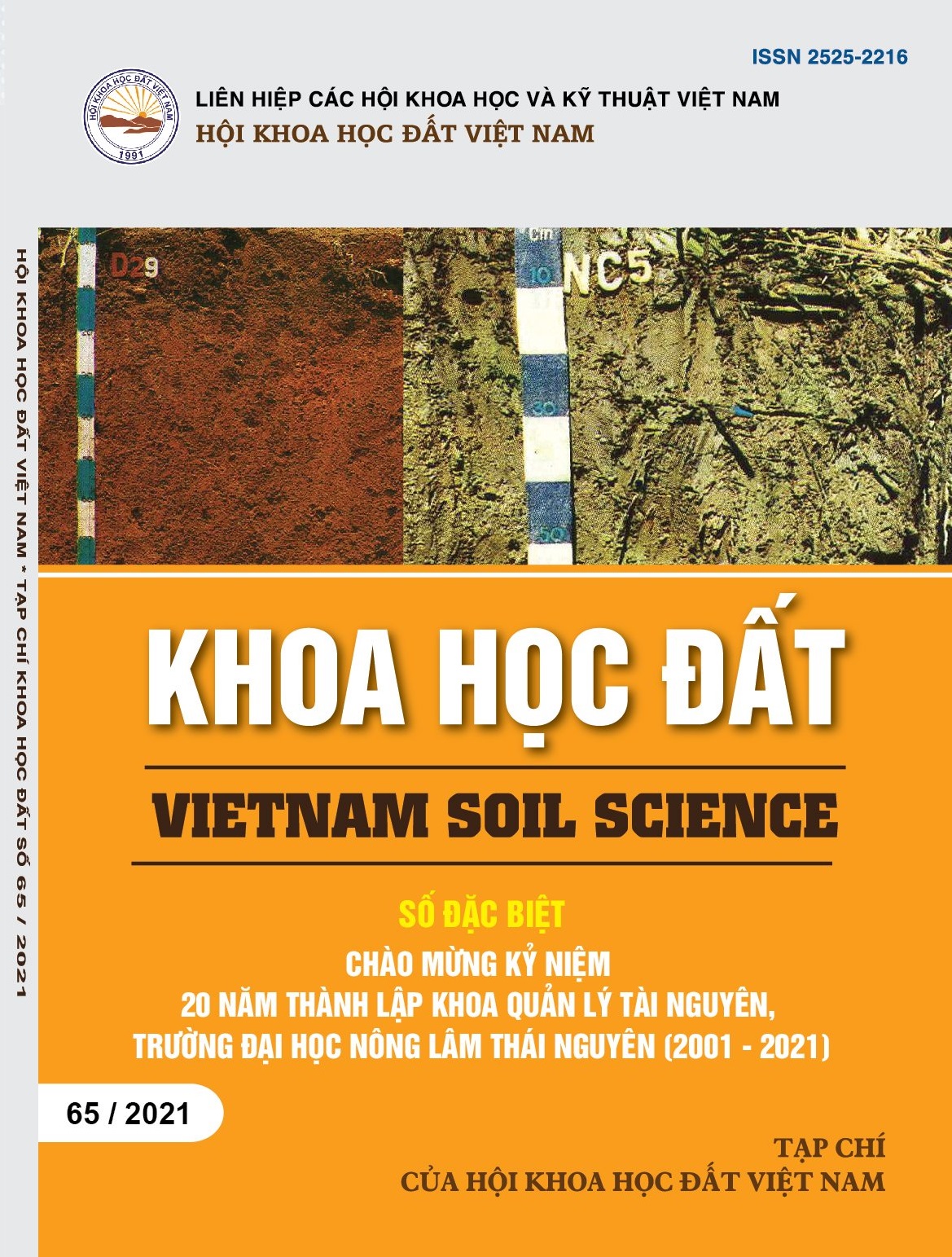VERIFYING THE SEMI-QUANTITATIVE SOIL CLASSIFICATION SYSTEM OF VIETNAM BASED ON SOIL MONOLITHS FROM THE VIETNAM SOIL MUSEUM
Nguyen Thanh Tuan1*, Ho Quang Duc2, Le Thai Bat3, Le Anh Tuan2 & Tran Thuy Chi1
[1] Vietnam National Museum of Nature, Vietnam Academy of Science and Technology, Vietnam2 Soils and Fertilizers Institute, Vietnam
3 Vietnam Soil Science Society, Vietnam
*Corresponding author: legis_tuan@vnmn.vast.vn or legis_tuan@yahoo.com
SUMMARY
The study aid (1) verify the applicability of the semi-quantitative SCS of Vietnam to identify new nomenclatures of soils in the Vietnam Soil Museum; (2) suggest attention to transferring the old nomenclatures. Ten soil monoliths from the Vietnam Soil Museum were renamed according to the semi-quantitative SCS of Vietnam, but only five are illustrated in the study. The results indicate that two soil monoliths VN05 and VN14 do not have enough data to rename the soil group, soil type, soil subtype, and soil variety according to the new SCS. These soil monoliths VN34, VN46, and VN60 are the typical yellowish red soil variety with low base, light loam (Vetic Haplic Acrisols (Loamic)), the red sandune soil variety, very firm (Rhodic Aeolic Arenosols (Very firm)), the gleyic soil variety with high base saturation and stagnic, heavy clay (Stagnic Eutric Gleysols (Clayic)), respectively. 60% of soil monoliths are renamed successfully, and their FAO-UNESCO-WRB’s nomenclatures are similar to those identified before in the museum. Enhancing the effects of the conversion, it is necessary to effectively interpret the diagnostic horizons, properties, and materials and add data for diagnostic criteria if it is possible.
Keywords: soil monoliths, museum, verifying, diagnostic, Vietnam.
Reviewer: Dr. Bui Huy Hien
Email: buihuyhien@gmail.com
Received: 05/3/2024
Review completed: 16/9/2024
Accepted: 16/10/2024
 Tạp chí
Tạp chí




